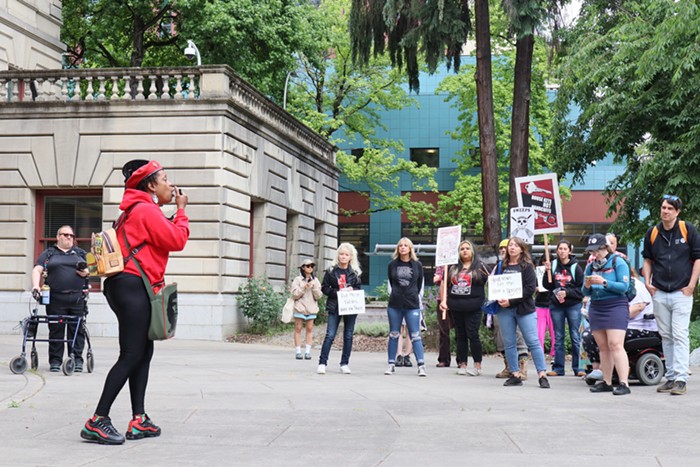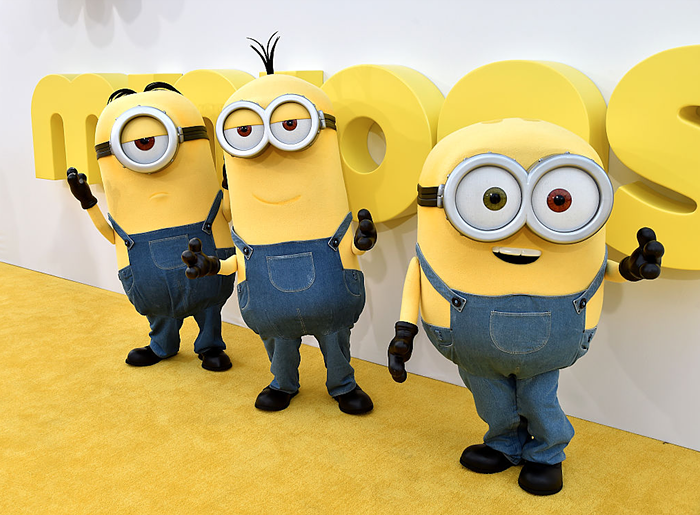First things first: The Allure of the Automobile, currently on view at the Portland Art Museum (PAM), delivers some truly breathtaking vehicles. From one-of-a-kind concept cars to custom-built rarities, time and time again, Allure's featured coaches hold the rare physical quality of a signature—cars, in scalloped swoops and lengthy, aerodynamic lines, defining short moments in the history of design. The 16 featured luxury and sports cars span from the 1930s to the '60s, an automotive epoch that Allure curator Ken Gross calls "the Golden Age in the history of the automobile."
Chronologically, Allure starts in the 1930s with examples from what exhibition notes call "The Classic Era," which ended at the start of World War II. Back in those days, if you wanted a luxury car, it wasn't as quick and easy as it is today. You'd start by buying a chassis from a showroom, and then you'd take it to a coachbuilder, who would work with you to create a desirable design. Half a year later, your custom car was ready to drive into the sunset.
Take the 1931 Duesenberg SJ Derham Convertible Sedan as an example. With a dapper, Prohibition-Era look—I can totally picture a mobster hanging out of its door with a tommy gun—only 480 were manufactured over an eight-year time period, and of those, the example on view is from a group of five created at Rosemont, Pennsylvania coachbuilder Derham Body Company (known for clients like President Eisenhower, King Farouk, and Joseph Stalin). Exemplified is the limited production run of luxury vehicles from the era, as well as the unparalleled quality achieved in such a rarified market.
While Allure does a good job contextualizing early luxury cars, it also emphasizes the impact of world events on the industry—most notably, World War II's effect on manufacturers. From 1939 to 1945, many factories were converted to produce instruments of war, leaving a gap in Allure's timeline. When things pick back up, the focus shifts to sports and race models.
Reflecting the competition of the war, auto manufacturers flexed their muscles on the racetrack, which, according to Allure's exhibition notes, became a source of both national identity and brand visibility. Governments of the day subsidized the research and development of racecars in hopes of appearing superior on the world racing stage. Emblematic of this engineering and design arms race is the 1957 Jaguar XK-SS Roadster, a direct response to Germany's 1955 Mercedes-Benz 300SLR Roadster, which set still-standing records in the Mille Miglia. This back and forth bookends racing culture prior to the 1957 Automobile Manufacturers Association ban on industry-sponsored racing.
PAM is also offering two related exhibitions: Andreas Gursky's F1 Boxenstopps are gigantic photographs showing modern-day pit crews in action; and exploring the car's place in the city is Ray K. Metzker: AutoMagic. A series of lectures will support the exhibit through its September close, and each Saturday Cars in the Park will turn the Park Blocks into an extension of Allure, offering local car clubs opportunities to show off their own rides.













